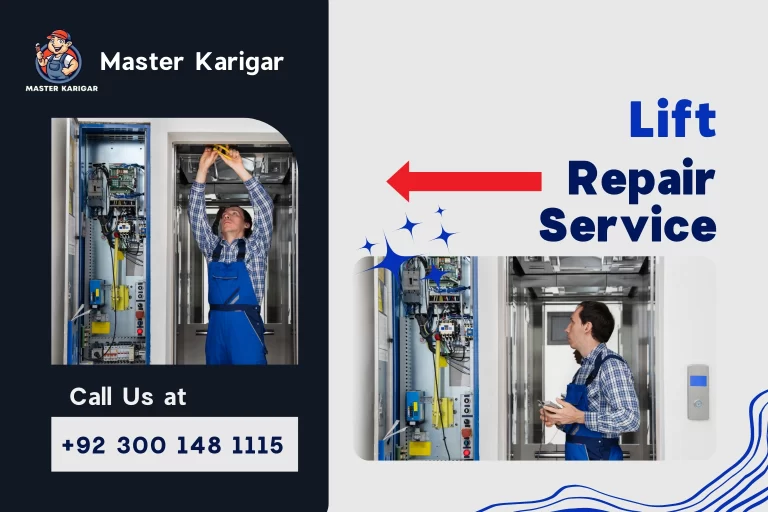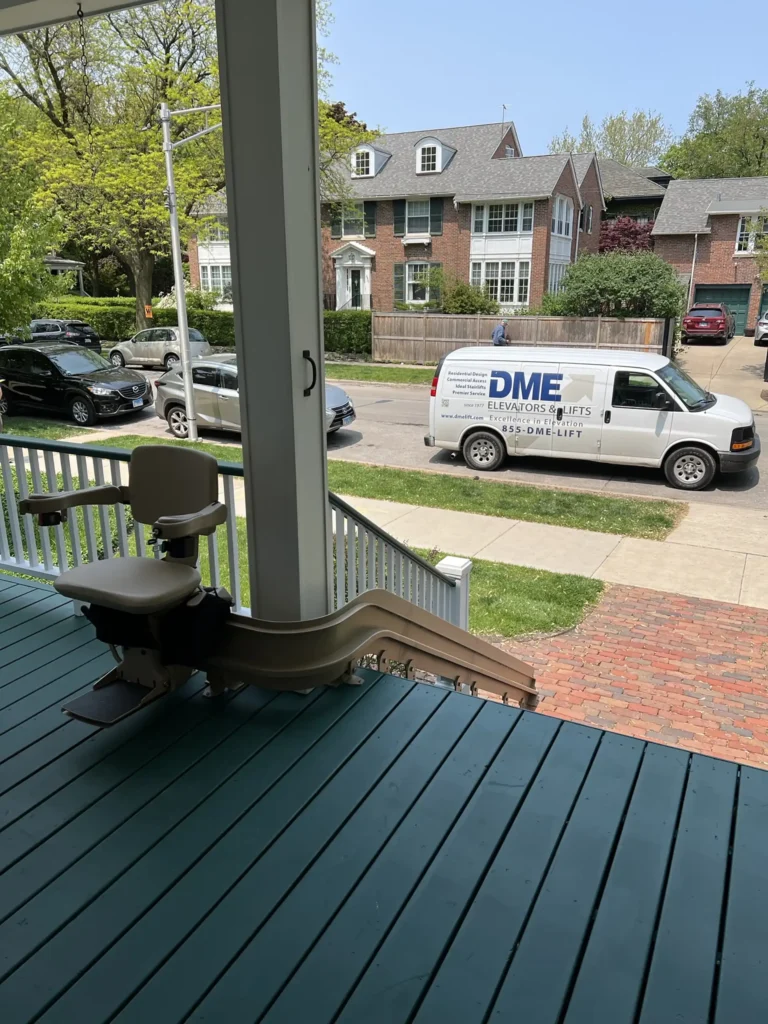Recognizing Platform Lift Capacities: Necessary for Effective Lift Service
Recognizing Platform Lift Capacities: Necessary for Effective Lift Service
Blog Article
Expert Tips for Ensuring Safety During Comprehensive Lift Repair Treatments
In the world of thorough lift fixing procedures, security stands as a vital issue that requires careful interest to detail and adherence to established methods. As the complex interaction of equipment and human intervention unravels, a critical method to safety becomes the linchpin for effective repair procedures.
Security Gear Needs
The security gear needs for lift fixing treatments are important to make sure the well-being of maintenance employees. When functioning on lifts, upkeep personnel must stick to rigorous security methods by using ideal equipment such as tough hats, safety and security goggles, handwear covers, steel-toed boots, and high-visibility vests.
Difficult hats are crucial for guarding versus head injuries from falling things or bumping into overhead frameworks. Safety goggles secure the eyes from particles, chemicals, or sparks that may be generated throughout repair. Gloves provide hand defense from cuts, burns, or electrical shocks, while steel-toed boots provide foot defense from hefty things or equipment. High-visibility vests ensure that maintenance workers are quickly seen by others, decreasing the danger of accidents because of bad exposure. By strictly sticking to safety and security equipment needs, upkeep employees can mitigate threats and job successfully to preserve and fix lifts.

Equipment Assessment Checklist
To make sure the upkeep employees's safety and security and the appropriate functioning of lifts, a detailed equipment inspection checklist is essential prior to beginning any repair work treatments. lift breakdown. This checklist should consist of a thorough assessment of all parts such as wires, sheaves, electric systems, and safety and security systems. It is essential to evaluate for any type of indications of deterioration, corrosion, or damages that may compromise the lift's structural honesty or functional effectiveness
In enhancement to mechanical components, the evaluation list should incorporate security attributes like emergency brakes, limitation switches, and overload sensors. These safety and security systems play an essential role in stopping accidents and making certain user protection throughout lift procedure.
Additionally, confirming the calibration of control systems, confirming appropriate ventilation and lighting within the lift shaft, and checking for any obstructions or debris are important actions in the inspection process. Normal upkeep and adherence to the tools inspection checklist not only improve safety and security procedures yet also prolong the lifespan of the lift system, minimizing the chance of unexpected failings or expensive fixings.
Risk Identification Methods
Using methodical evaluation methods, threat recognition strategies are utilized to identify prospective dangers within lift repair service treatments. One usual technique is the Task Security Analysis (JSA), where each action of the fixing process is meticulously examined to identify possible threats and figure out the finest safety steps to alleviate them.

Emergency Situation Feedback Readiness
With an emphasis on guaranteeing swift and effective reaction to unexpected circumstances, emergency feedback preparedness is a crucial element of keeping safety throughout lift repair service procedures. Prioritizing emergency situation readiness entails establishing clear communication channels, assigning specific duties and obligations, and performing normal drills to test action times and procedures.
Secret elements of emergency reaction readiness consist of having readily accessible emergency treatment kits, fire extinguishers, and emergency situation call information prominently displayed. It is necessary to educate all workers associated with lift repair service treatments on emergency response methods, consisting of how to safely evacuate the location in case of a fire or various other emergencies.
In addition, creating a thorough emergency situation response strategy details to raise repair situations can assist minimize prospective threats and ensure a punctual and collaborated action in case of a case. On a regular basis examining and updating this strategy based on lessons gained from past drills or cases is essential to constantly improve precaution during lift repair work procedures.
Ongoing Security Training
Continual education and learning and training in safety procedures is an essential element of ensuring the ongoing safety and security of personnel during lift fixing treatments. Continuous safety training plays a crucial duty in keeping employees informed about the most recent safety requirements, protocols, and finest methods in the sector (lift servicing companies). By providing regular training sessions, employees can stay updated on prospective threats, secure job treatments, and emergency protocols details to lift repair work atmospheres
Routine safety training also aids reinforce the significance of adhering to safety and security guidelines and treatments in any way times. It instills a safety-conscious frame of mind amongst workers, promoting a culture of safety and security within the work environment. Furthermore, ongoing training enables employees to revitalize their understanding and skills, boosting their readiness to handle any unforeseen safety and security challenges that may arise throughout lift repair service procedures.
To make sure the efficiency of continuous security training, it is important to customize the web content to the specific threats and requirements related to lift repair work treatments - lift service company. Employers need to consistently analyze training needs, give possibilities for hands-on practice, and urge open interaction concerning security issues among all employees entailed in lift repair service procedures
Verdict
Finally, guaranteeing safety and security during thorough lift repair procedures is vital for preventing mishaps and injuries. By adhering to security gear needs, carrying out tools inspections, recognizing threats, getting ready for emergencies, and providing recurring safety and security training, workers can minimize dangers and create a risk-free work setting. Prioritizing safety actions and staying attentive throughout the repair process will aid protect both workers and the equipment being serviced.
When functioning on lifts, upkeep personnel must stick to stringent safety and security protocols by wearing suitable equipment such as difficult hats, security goggles, gloves, steel-toed boots, and high-visibility vests. One common strategy is the Work Safety Analysis (JSA), where each action of the fixing process is very lift service company carefully analyzed to recognize potential dangers and establish the best security procedures to alleviate them.Consistent education and learning and training in safety methods is an essential component of making sure the recurring safety and security of workers during lift fixing procedures.Regular security training additionally helps reinforce the value of complying with safety standards and treatments at all times. By following safety equipment requirements, conducting equipment evaluations, recognizing hazards, preparing for emergencies, and supplying continuous security training, workers can decrease risks and develop a risk-free job atmosphere.
Report this page